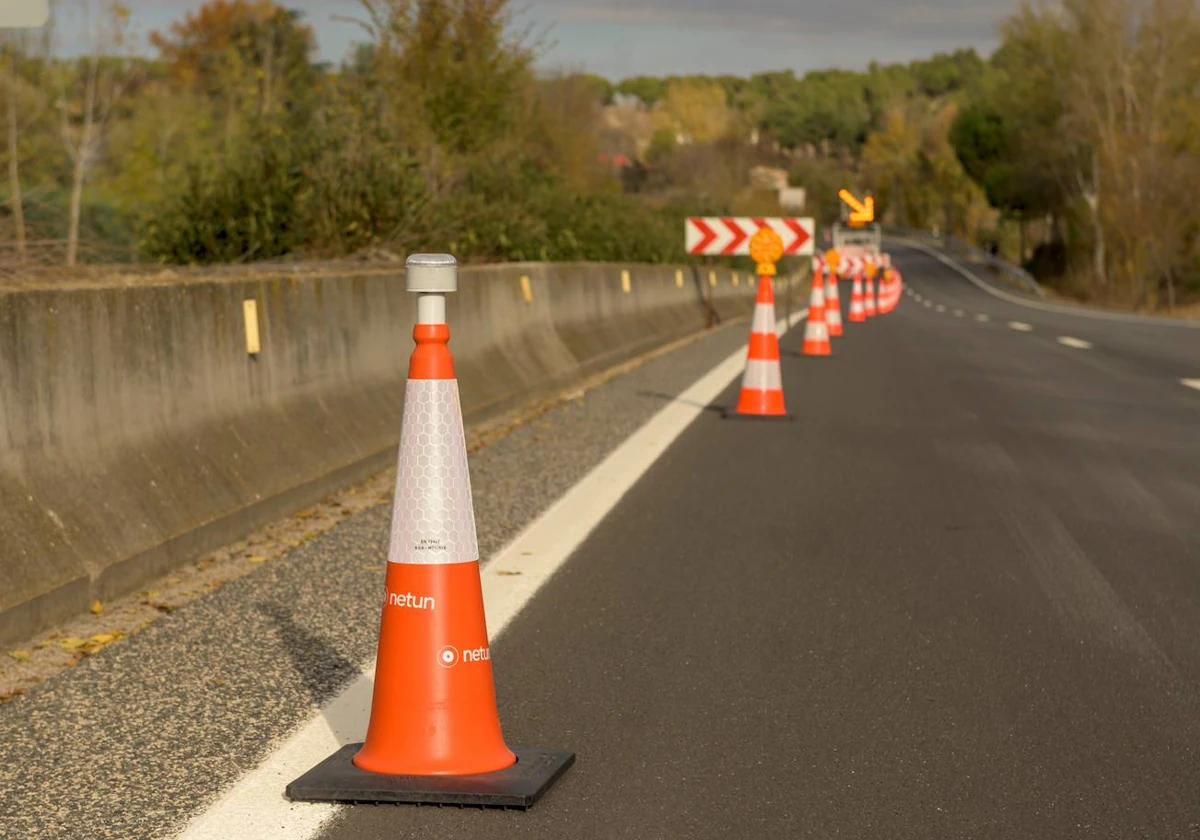The combination of groundbreaking performance and extraordinary versatility for everyday use has always been a hallmark of the different generations of the RS 6
There is a car that has delighted the supporters of Audi Sport GmbH and a large legion of fans like no other for 20 years. For four generations, the Audi RS 6 has set the standard among high-performance family cars with impressive performance and outstanding everyday versatility. Its success is based on a concept that has lasted through all generations since 2002, with a supercharged twin-turbo engine and four-wheel drive. Audi’s motto, ‘At the forefront of technology’, is also reflected in other elements, such as the Dynamic Ride Control (DRC) system, which has long been used in other Audi RS models.
Shortly after the start of the new millennium, quattro GmbH (now Audi Sport GmbH) was faced with the question of which car after the RS 4 should apply the sporty philosophy of the RS models. The time was right for the Audi A6. The first generation (C5) got an update in 2001 and Audi took the opportunity to add more power under the hood in the mid-high range.
In 2008, six years after the first RS 6, the second generation arrived. Audi not only increased the power and displacement, but also the number of cylinders, to a total of ten, again with two turbos and with a displacement of 5 liters.
Power increased to 580 hp and maximum torque of 650 Nm, available from 1,500 rpm. At the time, those figures even surpassed the R8, which in the R8 GT version offered a maximum power of 560 hp. For three years, Audi produced the RS engine with the largest displacement in history.
Audi’s decision to abandon the V10 biturbo in 2013 and return to a four-litre eight-cylinder engine, the smallest displacement in RS 6 history, surprised not only the brand’s customers with the four rings. In addition, the sedan ceased to have a successor: the Audi RS 7 Sportback took over in the United States. However, the doubts were quickly allayed. Audi had developed a car that left earlier generations of the RS 6 far behind in terms of dynamic behavior and efficiency, which was mainly made possible by systematic weight reduction. By using a greater number of aluminum components, the weight of the C7 generation could be reduced by 120 kg. At the same time, the RS 6 Avant was six cm wider than a conventional A6.
The fourth generation RS 6 (C8) arrived in showrooms in 2019, three years before its 20th anniversary, and has remained true to its heritage. V8 biturbo engine with four liters displacement, 600 hp and 800 Nm of torque. For the first time in its history, 48-volt light-hybrid MHEV technology has been incorporated, further improving efficiency.
In terms of exterior design, while the C5, C6 and C7 generations of the RS 6 only showed their strength after a second look, the C8 gives a different impression: even the layman will easily recognize that this is not a conventional A6.
Source: La Verdad
I am Ida Scott, a journalist and content author with a passion for uncovering the truth. I have been writing professionally for Today Times Live since 2020 and specialize in political news. My career began when I was just 17; I had already developed a knack for research and an eye for detail which made me stand out from my peers.



